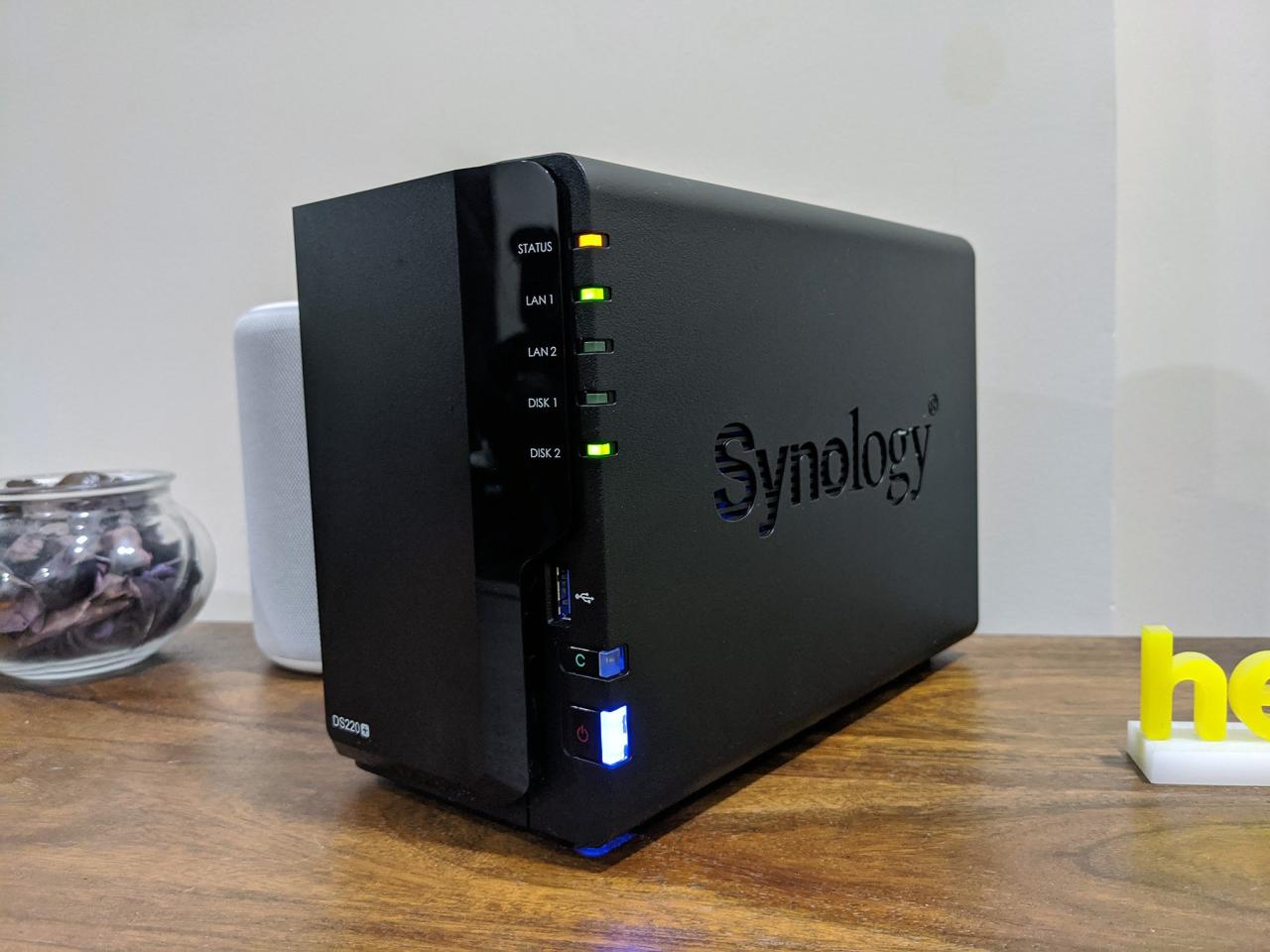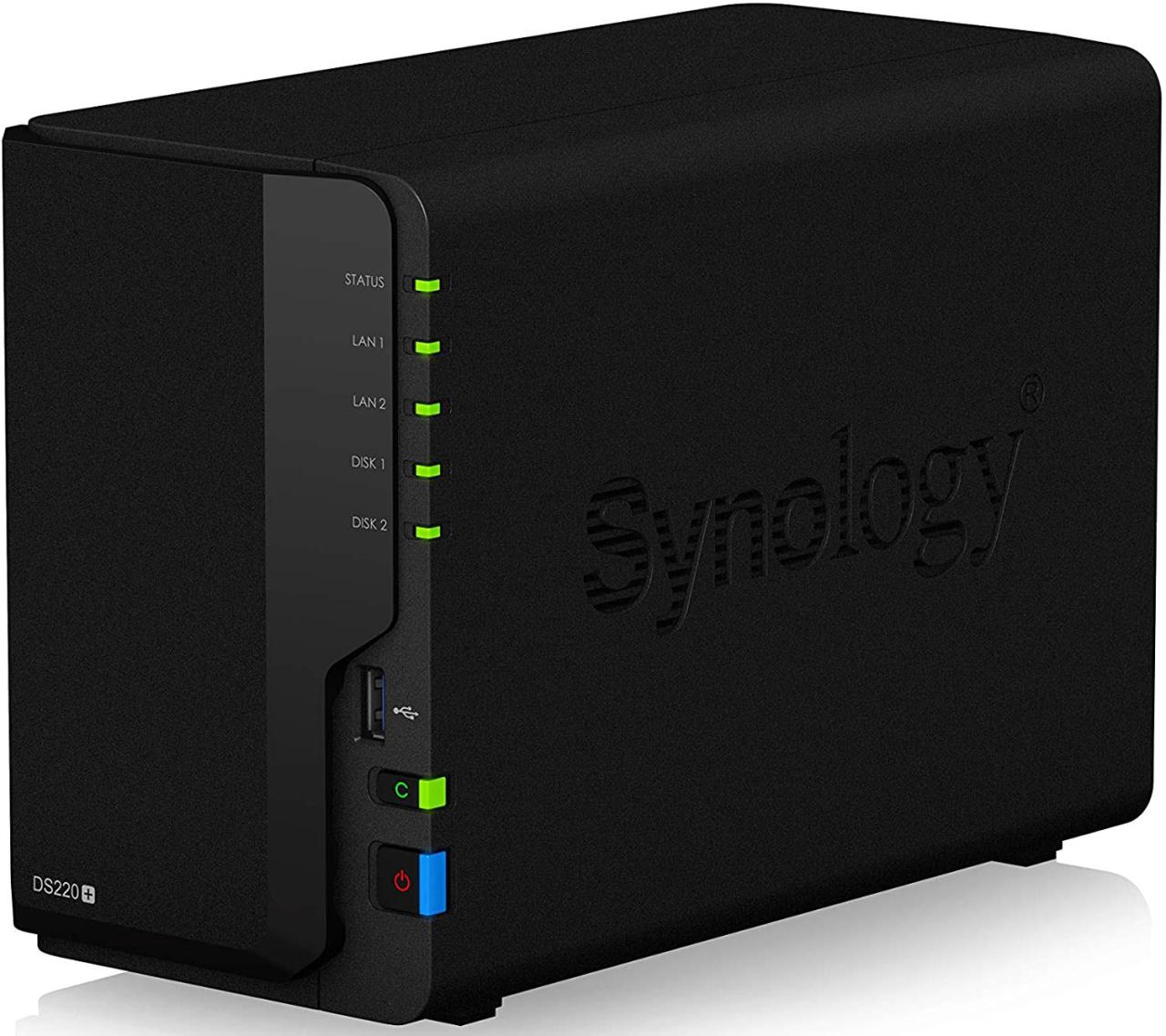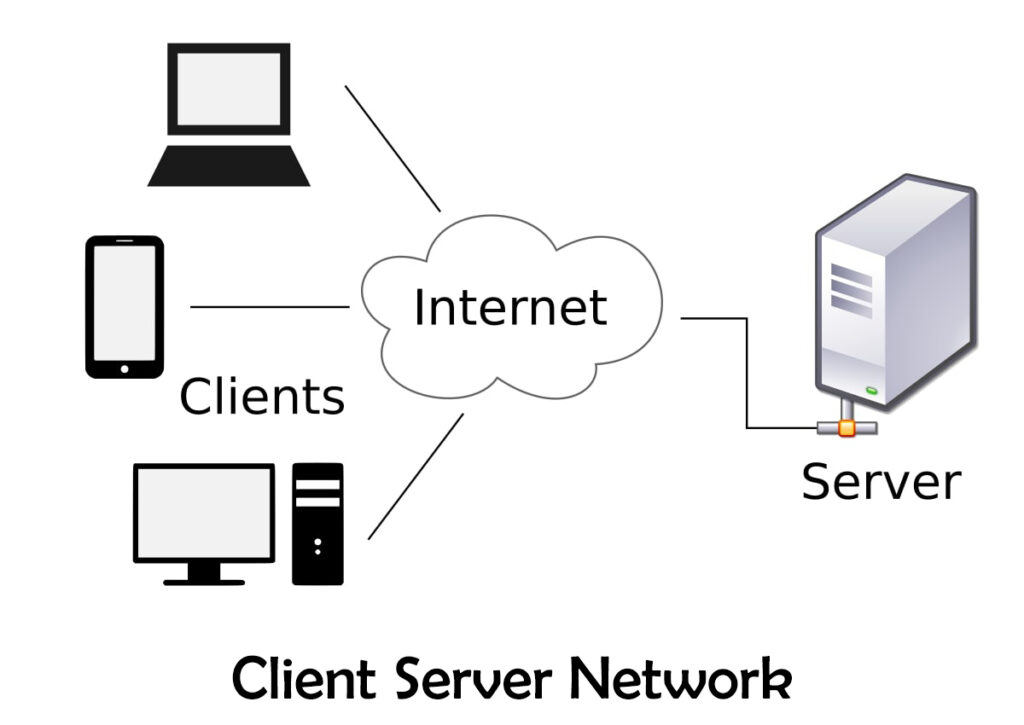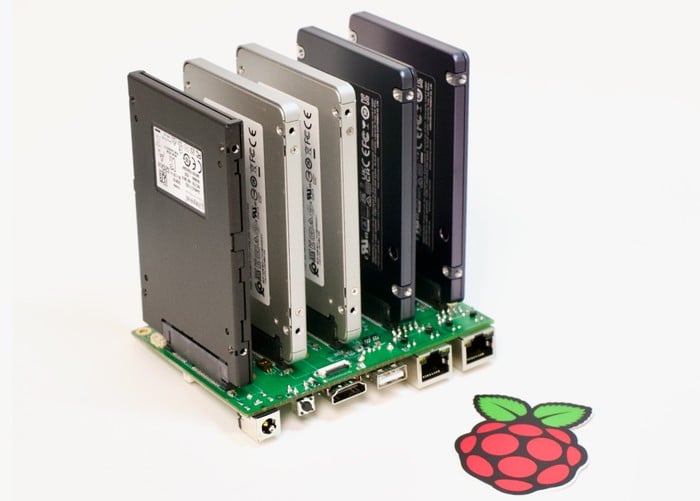Best NAS for Plex: Choosing the Right Storage Solution. Setting up a Plex media server can be a great way to enjoy your favorite movies, TV shows, and music from anywhere. But finding the right NAS (Network Attached Storage) device is crucial for optimal performance and a smooth streaming experience.
Choosing the right NAS for Plex depends on your specific needs, such as the size of your content library, the quality you want to stream, and your budget. This guide will explore the key factors to consider when choosing a NAS for Plex, providing insights into hardware components, operating systems, storage options, and top-rated models.
Plex-Specific Features: Best Nas For Plex
A NAS (Network Attached Storage) device can significantly enhance your Plex experience, providing a dedicated and powerful platform for managing and streaming your media library. Let’s delve into essential NAS features that make the Plex experience smoother and more enjoyable.
Dedicated Plex Media Server Software
NAS devices often come pre-installed with Plex Media Server software, eliminating the need for separate installations and configurations. This simplifies setup and allows for seamless integration with the NAS’s hardware and storage.
Hardware Transcoding Capabilities
Hardware transcoding is a crucial feature for Plex users, particularly when streaming media to devices that don’t support the original file format. NAS devices with powerful CPUs and dedicated transcoding hardware can convert media files on the fly, ensuring smooth playback across various devices.
Automatic Media Library Management
NAS devices often come equipped with media library management features, automatically organizing your media files into categories, such as movies, TV shows, and music. These features streamline media organization, simplifying navigation and search within your Plex library.
NAS Models with Plex-Specific Features, Best nas for plex
Here are some popular NAS models known for their excellent Plex integration and features:
- Synology DiskStation DS923+: This NAS boasts a powerful CPU, dedicated transcoding hardware, and a user-friendly interface, making it ideal for Plex users. It offers multiple transcoding streams simultaneously, ensuring smooth playback even with multiple users.
- QNAP TS-453D: This NAS provides a balanced combination of performance and affordability. It supports hardware transcoding, enabling smooth playback of various media formats on different devices.
- Asustor AS6704T: This NAS stands out for its impressive performance and expandability. It offers robust hardware transcoding capabilities, allowing you to stream high-quality media files to multiple devices simultaneously.
Choosing the Right NAS for Plex
When choosing a NAS for Plex, consider the following factors:
- Transcoding Power: The number of simultaneous transcoding streams you need will determine the CPU and transcoding hardware required.
- Storage Capacity: Consider the size of your media library and future growth to determine the appropriate storage capacity.
- User-Friendliness: Look for a NAS with a user-friendly interface and intuitive Plex integration.
- Price: NAS devices vary in price, so consider your budget and the features that are most important to you.
NAS Operating Systems
The choice of a NAS operating system is crucial for a seamless Plex experience. Different operating systems offer varying levels of user-friendliness, feature sets, and compatibility with Plex. This section will explore popular NAS operating systems, comparing their strengths and weaknesses to help you make an informed decision.
Popular NAS Operating Systems
Each NAS operating system offers unique features and advantages. Here’s a comparison of three popular options: Synology DSM, QNAP QTS, and FreeNAS.
| Feature | Synology DSM | QNAP QTS | FreeNAS |
|---|---|---|---|
| Ease of Use | Highly user-friendly, intuitive interface | User-friendly, but can be slightly more complex than DSM | Requires technical knowledge, command-line interface |
| Security | Strong security features, regular updates | Robust security, with various security options | Open-source, security relies on user configuration |
| App Compatibility | Extensive app library, including Plex Media Server | Large app library, with Plex Media Server support | Limited app compatibility, primarily focused on file sharing |
| Plex Integration | Seamless integration with Plex Media Server | Good integration with Plex Media Server | Requires manual setup and configuration |
Storage Options and Considerations

When choosing a NAS for Plex, storage options play a crucial role in determining performance, cost, and reliability. Understanding the different storage technologies and their implications is essential for making informed decisions.
Storage Options
The primary storage options for NAS devices are HDDs (Hard Disk Drives), SSDs (Solid State Drives), and NVMe drives. Each option offers distinct advantages and disadvantages.
HDDs (Hard Disk Drives)
HDDs are traditional mechanical storage devices that use spinning platters and a read/write head to access data. They are known for their high storage capacity at a lower cost per gigabyte compared to other options.
SSDs (Solid State Drives)
SSDs use flash memory to store data, eliminating the need for moving parts. This results in significantly faster read/write speeds and lower latency compared to HDDs. SSDs are generally more expensive per gigabyte than HDDs but offer superior performance, making them ideal for frequently accessed data.
NVMe Drives
NVMe drives are a newer type of SSD that utilize the NVMe protocol for communication. This protocol is specifically designed for high-speed storage devices, enabling even faster data transfer rates than traditional SSDs. NVMe drives are typically the most expensive option but offer the highest performance for demanding applications.
RAID Configurations
RAID (Redundant Array of Independent Disks) is a technique used to combine multiple hard drives into a single logical unit. This can enhance performance, improve data redundancy, and provide fault tolerance. Common RAID configurations include:
- RAID 0 (striping): Improves performance by distributing data across multiple drives, but offers no data redundancy. If one drive fails, all data is lost.
- RAID 1 (mirroring): Creates an exact copy of data on two drives, providing high data redundancy but no performance improvement.
- RAID 5 (striped with parity): Combines striping and parity information across multiple drives, providing data redundancy and performance enhancement, but requires at least three drives.
- RAID 6 (striped with dual parity): Similar to RAID 5 but with an additional parity block, providing higher data redundancy but slightly lower performance.
Storage Option Comparison
| Feature | HDD | SSD | NVMe |
|---|---|---|---|
| Performance | Slowest | Fast | Fastest |
| Cost per Gigabyte | Lowest | Medium | Highest |
| Reliability | Medium | High | Very High |
| Power Consumption | High | Low | Low |
| Durability | Lower | Higher | Highest |
NAS Security and Backup
Your NAS is a central hub for your digital life, storing valuable data like photos, videos, documents, and more. It’s crucial to implement robust security measures to protect your data from unauthorized access, malware, and hardware failures. This section explores best practices for securing your NAS and ensuring your data is safe.
Best Practices for NAS Security
- Strong Passwords: Use complex passwords for your NAS administrator account and any user accounts. Avoid common passwords and include a mix of uppercase and lowercase letters, numbers, and symbols.
- Regular Updates: Keep your NAS firmware and software up-to-date. Updates often include security patches that fix vulnerabilities and enhance protection.
- Two-Factor Authentication (2FA): Enable 2FA for your NAS administrator account. This adds an extra layer of security by requiring a code from your phone or email in addition to your password.
- Network Security: Configure your router with a strong password and enable firewall protection. Consider using a VPN to encrypt your internet traffic and further protect your NAS from outside threats.
- Access Control: Limit access to your NAS based on user roles. Grant specific permissions to different users to ensure only authorized individuals can access sensitive data.
- Anti-Malware Protection: Some NAS models offer built-in anti-malware software. Consider enabling this feature to protect your NAS from malware infections.
NAS Models with Advanced Security Features
NAS models from reputable brands often include advanced security features:
- Encrypted Storage: Some NAS models support hardware-level encryption, meaning your data is encrypted on the hard drives themselves, making it inaccessible without the correct decryption key. Examples include the Synology DS220+ and QNAP TS-453D.
- Automatic Backups: Many NAS models offer automated backup solutions. This allows you to create regular backups of your data to external drives, cloud storage, or even another NAS. This protects your data in case of hardware failure or accidental deletion.
- Anti-Virus and Anti-Malware Protection: Some NAS models come with built-in anti-virus and anti-malware protection. These features can help detect and remove malicious software before it can damage your data. Examples include the Synology DS920+ and QNAP TS-473.
Top NAS Models for Plex

Choosing the right NAS for Plex can be a daunting task, with many options available on the market. To help you make the best decision, we’ve compiled a list of top-rated NAS models specifically recommended for Plex, highlighting their key features, strengths, and weaknesses.
NAS Models for Plex
Here is a table that compares some of the best NAS models for Plex, highlighting their key features and specifications:
| NAS Model | Price | Storage Capacity | Processor | RAM | Network Connectivity | Key Plex-Specific Features |
|---|---|---|---|---|---|---|
| Synology DS923+ | $500-$600 | Up to 96TB | Intel Celeron N5105 | 8GB (expandable to 16GB) | Gigabit Ethernet, 10GbE (optional) | Hardware transcoding for multiple streams, Plex Media Server integration, built-in VPN server, and excellent user interface |
| QNAP TS-453D | $400-$500 | Up to 64TB | Intel Celeron J4125 | 4GB (expandable to 8GB) | Gigabit Ethernet, 10GbE (optional) | Hardware transcoding for multiple streams, Plex Media Server integration, built-in download station, and excellent app ecosystem |
| Asustor AS6704T | $500-$600 | Up to 128TB | Intel Celeron J6412 | 8GB (expandable to 16GB) | Gigabit Ethernet, 10GbE (optional) | Hardware transcoding for multiple streams, Plex Media Server integration, built-in cloud storage integration, and advanced security features |
| Western Digital My Cloud EX2 Ultra | $200-$300 | Up to 20TB | Marvell Armada 385 | 2GB | Gigabit Ethernet | Hardware transcoding for one stream, Plex Media Server integration, built-in backup features, and affordable price |
| TerraMaster F5-422 | $300-$400 | Up to 40TB | Realtek RTD1619B | 4GB (expandable to 8GB) | Gigabit Ethernet | Hardware transcoding for multiple streams, Plex Media Server integration, built-in download station, and competitive price |
Remember that the best NAS for Plex will depend on your individual needs and budget. Consider factors like storage capacity, processor power, RAM, network connectivity, and key Plex-specific features when making your decision.
Alternatives to Traditional NAS

While NAS devices remain a popular choice for Plex users, alternative solutions are available, each with its own set of advantages and disadvantages. Exploring these options can help you find the best fit for your specific needs and budget.
Cloud Storage Services
Cloud storage services offer a convenient and accessible way to store your Plex media library. By uploading your files to a cloud provider’s servers, you can access them from anywhere with an internet connection. This eliminates the need for a physical NAS device and allows you to stream your content to any device.
- Advantages:
- Accessibility: Access your media library from any device with internet access.
- Scalability: Easily expand your storage capacity as your needs grow.
- Convenience: No need to manage a physical device.
- Backup and Disaster Recovery: Data is typically backed up and replicated across multiple servers, enhancing data security.
- Disadvantages:
- Cost: Cloud storage can be expensive, especially for large libraries.
- Internet Dependency: Streaming requires a reliable internet connection.
- Privacy Concerns: Data is stored on third-party servers, raising potential privacy concerns.
- Performance: Streaming from the cloud can be slower than local storage, especially for 4K content.
Dedicated Streaming Devices
Dedicated streaming devices, like the Nvidia Shield TV or Roku Ultra, are designed to provide a seamless streaming experience. These devices typically offer a dedicated Plex app, optimized for smooth playback and high-quality video streaming.
- Advantages:
- Dedicated Hardware: Optimized for smooth streaming and high-quality video playback.
- Ease of Use: User-friendly interface and dedicated Plex app.
- Versatility: Access to other streaming services and apps.
- Affordable: Generally more affordable than NAS devices.
- Disadvantages:
- Limited Storage: Most streaming devices have limited internal storage, requiring external storage solutions for larger libraries.
- Internet Dependency: Requires a reliable internet connection for streaming.
- Limited Features: May not offer the same level of customization and features as a NAS device.
Troubleshooting and Optimization
Plex, while a fantastic media server solution, can sometimes encounter hiccups. Understanding common troubleshooting steps and optimization techniques can help you get the most out of your Plex setup on a NAS.
Troubleshooting Common Plex Issues
Resolving issues with Plex can be a bit of a detective process, but these common steps can help you identify and address the root cause.
- Check Network Connectivity: A stable network connection is essential for Plex to function properly. Ensure your NAS and Plex Media Server are connected to your network and that your internet connection is strong. Verify that your router is configured correctly and that there are no firewall restrictions blocking Plex traffic.
- Restart Plex Server and NAS: Sometimes a simple restart can resolve temporary glitches. Restart both your Plex Media Server and your NAS. This allows the services to refresh and potentially fix any minor errors.
- Verify Media Library Indexing: If your media library isn’t showing up or isn’t updated, make sure that the indexing process is complete. Check the Plex Media Server settings to ensure that the correct folders are being scanned and that the indexing is active.
- Update Plex Server and NAS Software: Outdated software can introduce bugs or compatibility issues. Regularly update your Plex Media Server and your NAS operating system to ensure you have the latest features and security patches.
- Check for Storage Space: Plex requires sufficient storage space for your media library. Ensure that your NAS has enough free space to accommodate your media files and avoid running out of storage, which can lead to performance issues.
- Monitor Plex Logs: The Plex Media Server logs can provide valuable insights into any errors or problems. Access the logs through the Plex web interface or the NAS’s administrative interface to identify potential issues.
- Clear Plex Server Cache: Sometimes, cached data can become corrupted and cause issues. Clear the Plex Media Server cache by accessing the settings and navigating to the “Advanced” section.
Optimizing Plex Performance
Boosting Plex performance can make a significant difference in your streaming experience, especially when dealing with high-resolution media files or multiple simultaneous streams.
- Adjust Plex Transcoding Settings: Plex transcodes media files on-the-fly if a client device can’t play the original format. To improve performance, configure Plex to prioritize lower resolutions or use hardware acceleration (if supported by your NAS) to offload transcoding tasks to your NAS’s GPU.
- Optimize NAS Storage: For optimal performance, consider using a RAID configuration (RAID 1 or RAID 5) to improve data redundancy and speed. Use fast storage drives, such as SSDs, for frequently accessed media files. Organize your media library into folders and subfolders to streamline indexing and searching.
- Upgrade Hardware Components: If you experience frequent performance bottlenecks, consider upgrading your NAS’s hardware. This could involve upgrading the processor, RAM, or storage drives to handle the demands of your Plex library and multiple simultaneous streams.
- Limit Simultaneous Streams: Plex allows you to set a limit on the number of simultaneous streams that can be active. Adjust this setting based on your NAS’s capabilities and the number of users you expect to stream concurrently.
- Enable Plex’s “Direct Play” Feature: Whenever possible, enable Plex’s “Direct Play” feature. This allows compatible clients to play media files directly from the NAS without transcoding, significantly reducing the load on your server and improving streaming quality.
- Optimize Plex Server Settings: Adjust Plex server settings to fine-tune performance. This could involve adjusting the “Quality” setting for streaming, enabling “Remote Access” for streaming from outside your home network, and setting a “Preferred Language” for subtitles.
Troubleshooting Streaming Issues
Streaming issues can be frustrating, but with a methodical approach, you can often pinpoint the cause and get things back on track.
- Check Network Connection: Ensure a stable internet connection for both your NAS and the streaming device. A weak or unstable connection can lead to buffering or dropped streams.
- Verify Plex Server Status: Check the Plex Media Server status in the web interface to ensure it’s running smoothly. Look for any error messages or warnings that might indicate issues.
- Restart Streaming Device: A simple restart of your streaming device (like a smart TV, phone, or tablet) can sometimes resolve temporary glitches.
- Check for Network Congestion: If you have multiple devices connected to your network, there might be network congestion. Try disconnecting other devices temporarily to see if it improves streaming performance.
- Optimize Streaming Quality: Adjust the streaming quality settings in Plex to match your network bandwidth. Lowering the quality can improve streaming stability, especially if you have a limited internet connection.
Troubleshooting Transcoding Issues
Transcoding issues can arise when your NAS struggles to convert media files into a format compatible with your streaming device. Here are some ways to address these problems.
- Check Transcoding Settings: Verify that your Plex transcoding settings are appropriate for your NAS’s capabilities. If your NAS has a powerful processor, you can set higher transcoding quality. However, if your NAS is less powerful, you might need to lower the transcoding quality or use hardware acceleration.
- Enable Hardware Acceleration: If your NAS supports hardware acceleration, enable it in the Plex settings. This allows your NAS’s GPU to handle transcoding tasks, significantly improving performance.
- Check for Media File Issues: Ensure that your media files are in a format supported by Plex and that they are not corrupted. Use a media player on your computer to verify that the files play correctly.
- Upgrade NAS Hardware: If your NAS struggles with transcoding even after optimizing settings, consider upgrading the processor or RAM to improve its processing power.
Troubleshooting Media Library Indexing Issues
Indexing issues can prevent your media library from being recognized by Plex. Here are some steps to address these problems.
- Verify Media Library Paths: Ensure that the paths to your media library folders are correct in the Plex settings. If you’ve moved or renamed folders, update the paths accordingly.
- Check for File Permissions: Plex needs appropriate permissions to access your media files. Verify that the Plex Media Server user account has read and write permissions to the folders containing your media library.
- Restart Indexing: In the Plex settings, manually restart the indexing process for your media library. This can help resolve issues with incomplete or corrupted indexes.
- Check for File Errors: If you encounter specific errors during indexing, check the Plex logs for details. These logs might provide clues about problematic files that are preventing indexing from completing.
Final Thoughts
With careful consideration of your needs, budget, and the features offered by different NAS models, you can find the perfect storage solution for your Plex server. By choosing the right NAS, you can enjoy seamless streaming, robust security, and a reliable platform to organize and share your media library.
Choosing the best NAS for Plex can be a bit overwhelming, especially with all the options available. For those looking for a powerful and reliable solution, consider a refurbished server like the dell r720. These servers offer robust performance and ample storage space, making them ideal for running a Plex server that can handle multiple simultaneous streams without a hitch.




